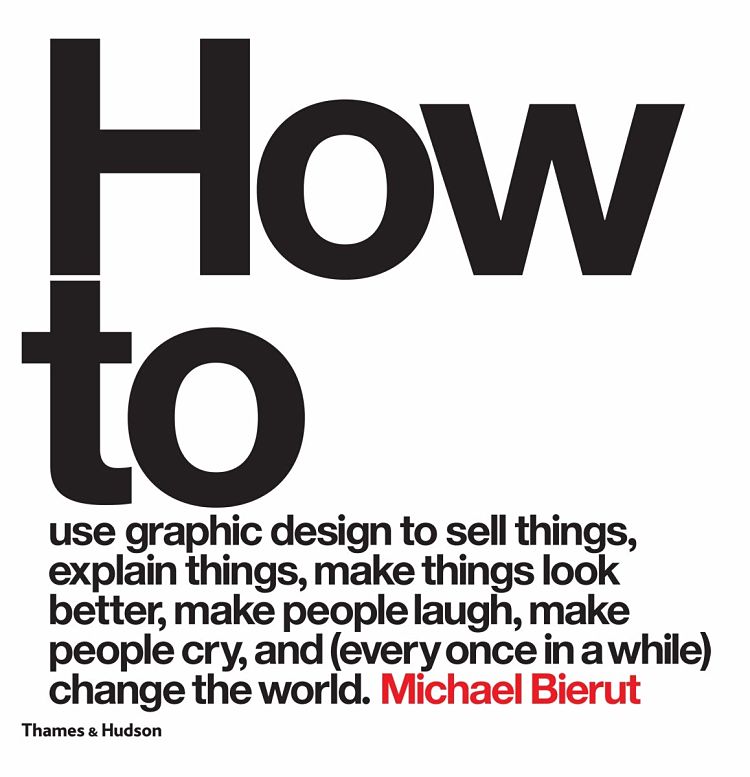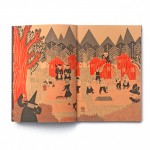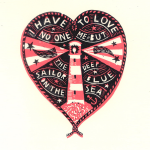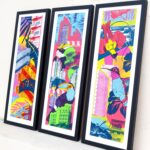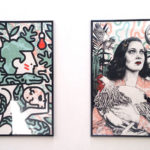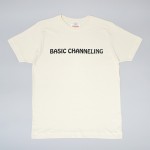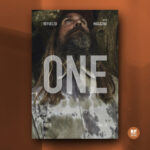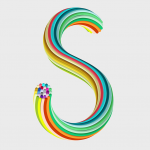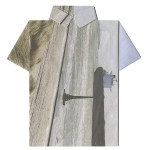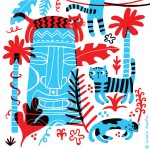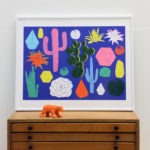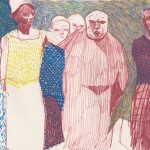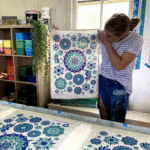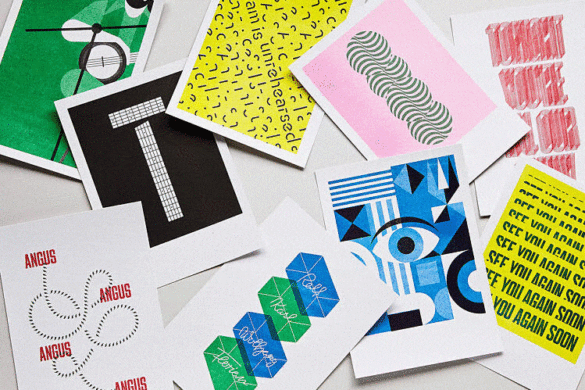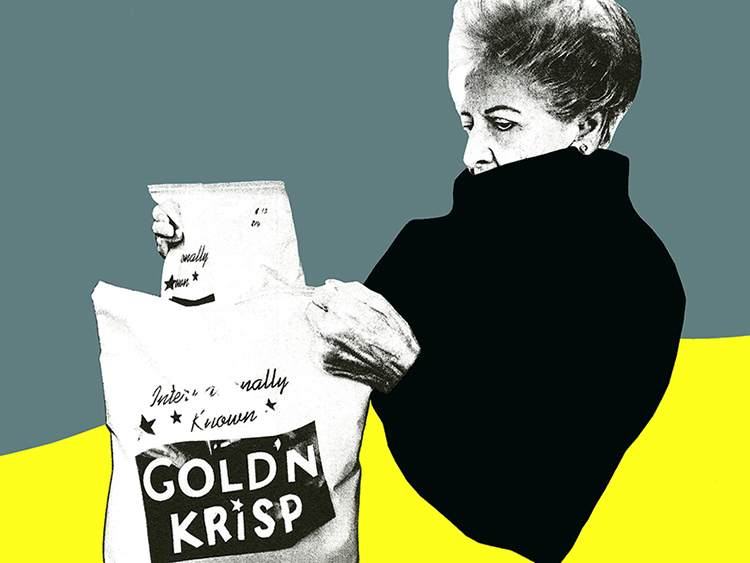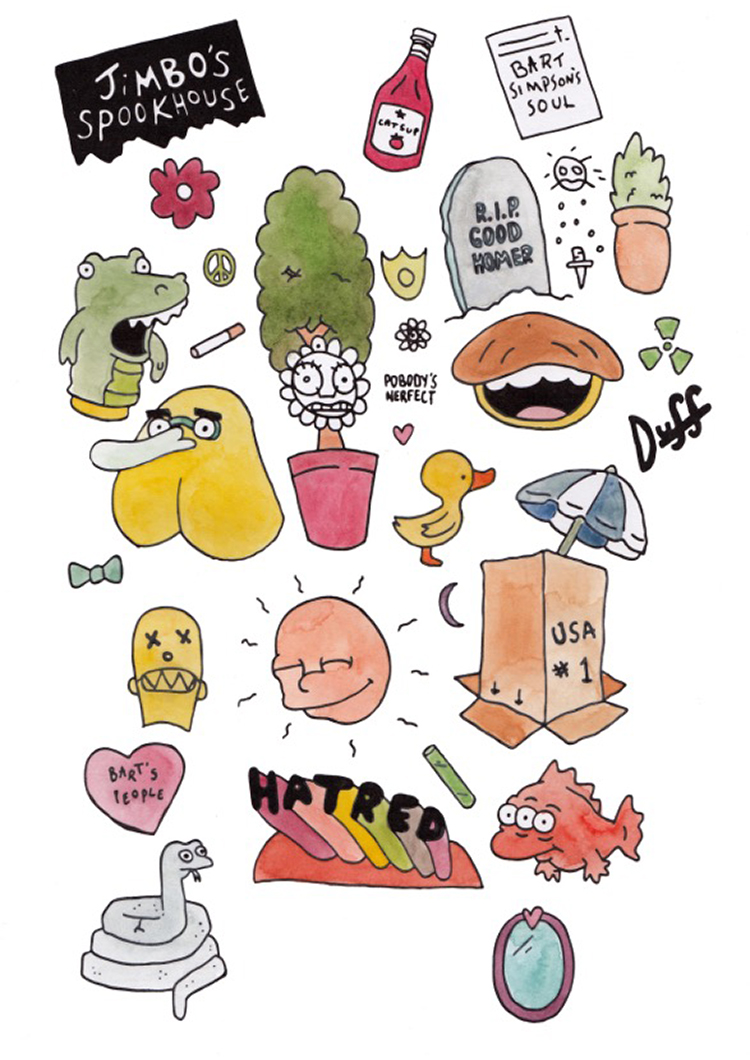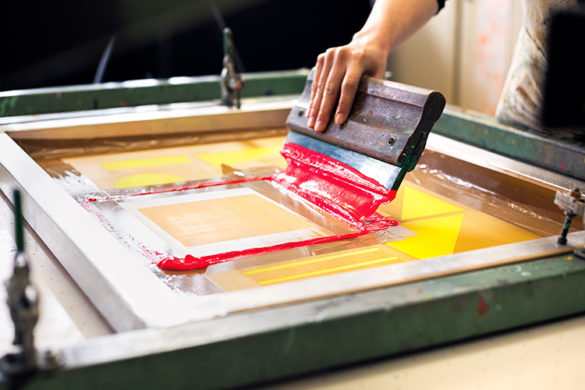While exotic beach holidays are unlikely to be on the horizon for a while yet, a lot of us are planning “staycations”, or at least a little bit of time off for the forthcoming months when we all keep our fingers permanently crossed that the rain holds off. So without airports, there’s no need for trashy airport reads: instead, nourish your design knowledge with these guides to the craft. Or just look at the pictures.
Branding tips…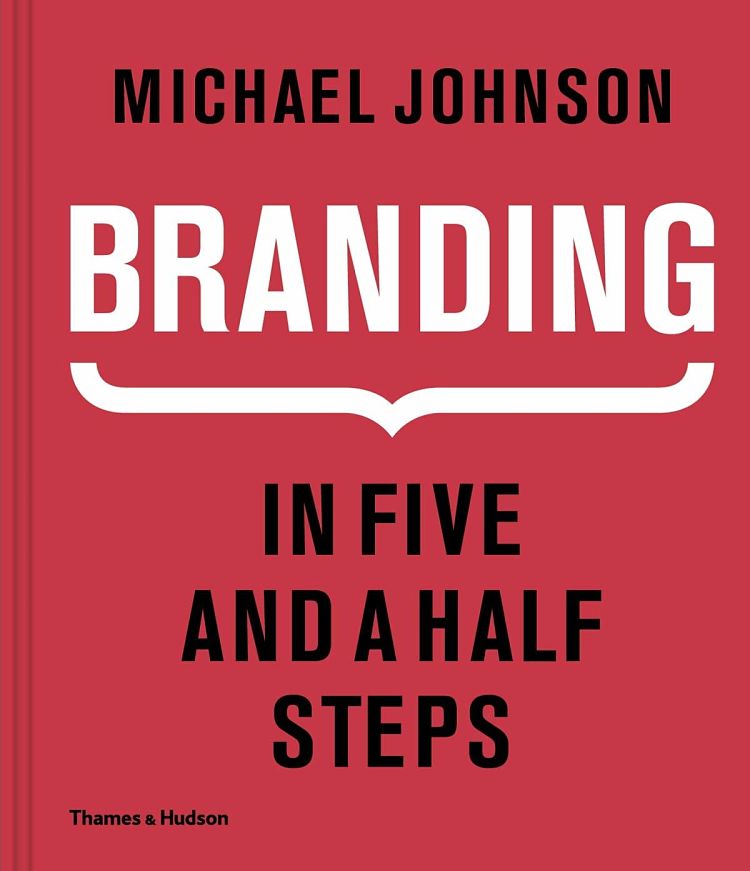 Michael Johnson Branding: In Five and a Half Steps
Michael Johnson Branding: In Five and a Half Steps
As one of the world’s best known graphic designers and brand consultants, Michael Johnson of studio, johnson banks, has worked with clients like Virgin Atlantic, Think London, the BFI and Christian Aid. This book sees Johnson strip well-known brands down to their basic components, and uses case studies to seemingly subtle influences in a brand’s design affects how we decide what to buy and what we like. More than 1,000 illustrations showcase the world’s most successful corporate identities, and generic templates are also used to help readers create their own brand or ad.
Logo history and inspiration…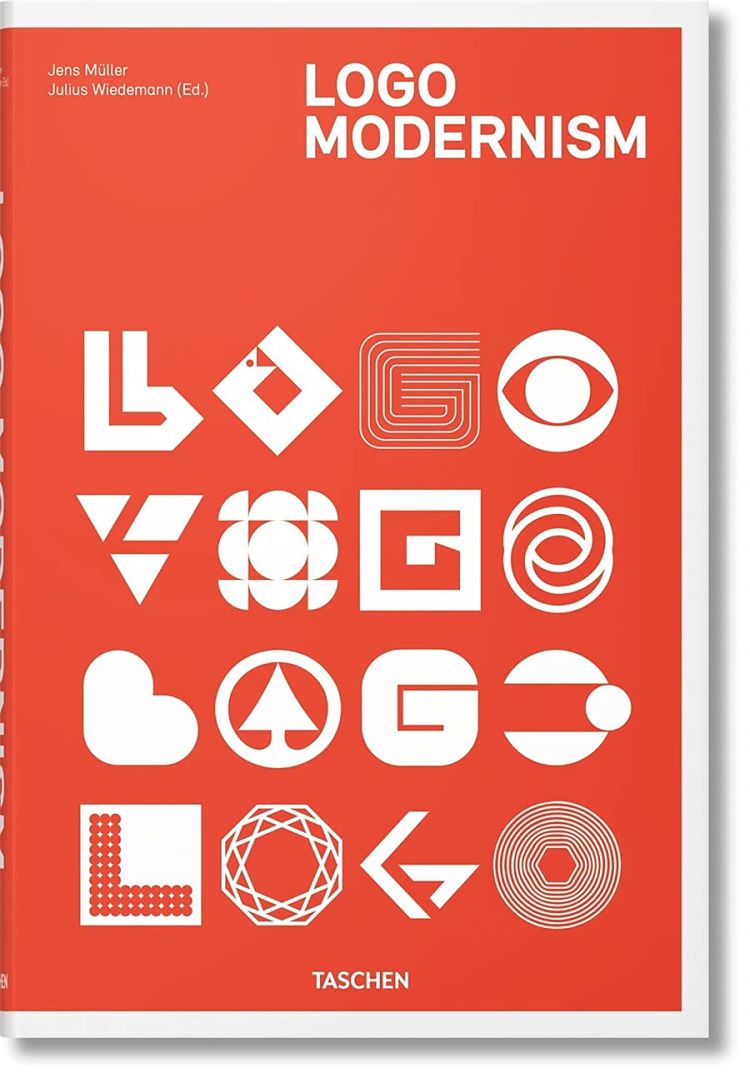 Logo Modernism
Logo Modernism
A whopper of a book that distils modernist ideals and provides a vast logo archive for the period. Described by Slate as a “brilliant catalog of what good corporate logo design looks like,” the logos underscore the power of clean, crisp and well-crafted identities.
Graphic design advice from some of the best…
Adrian Shaughnessy How to be a Graphic Designer Without Losing Your Soul
Adrian Shaughnessy draws on his wealth of experience to provide a celebrated graphic designers’ career manual that offers advice on everything from how to earn a living while making meaningful, expressive work; to establishing a design career; to running a successful business. The revised 2010 edition contains chapters covering professional skills; design thinking; and global trends, including social responsibility, ethics and the rise of digital culture alongside interviews with leading designers including Jonathan Barnbrook, Sara De Bondt, Stephen Doyle, Ben Drury, Paul Sahre, Dmitri Siegel, Sophie Thomas and Magnus Voll Mathiassen.
Monographs from the big guns…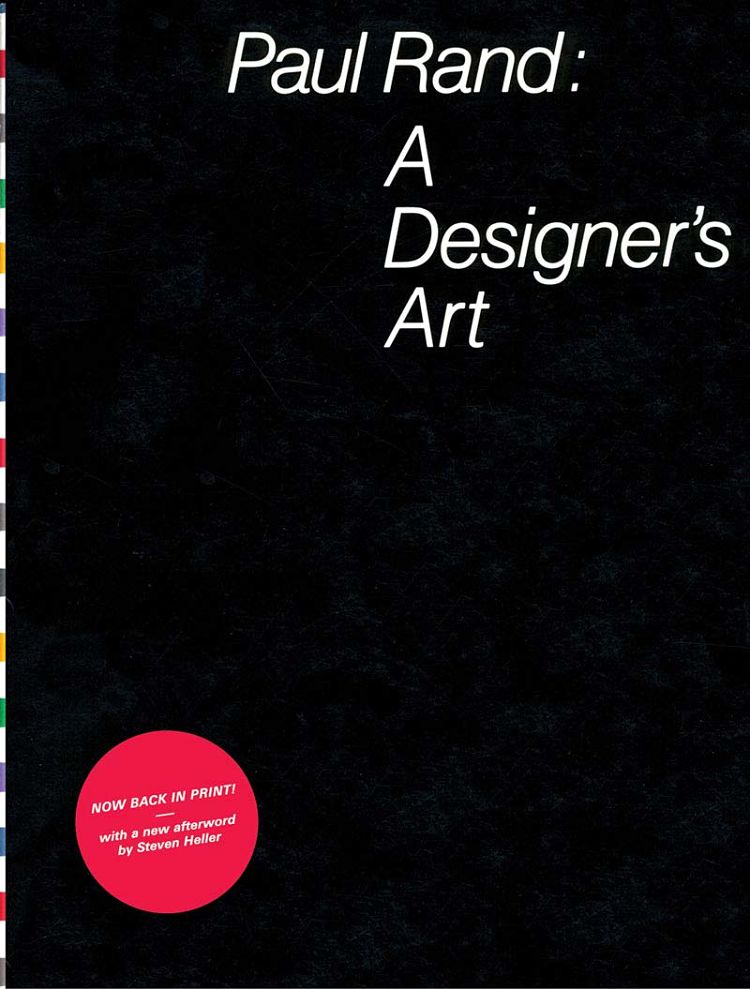
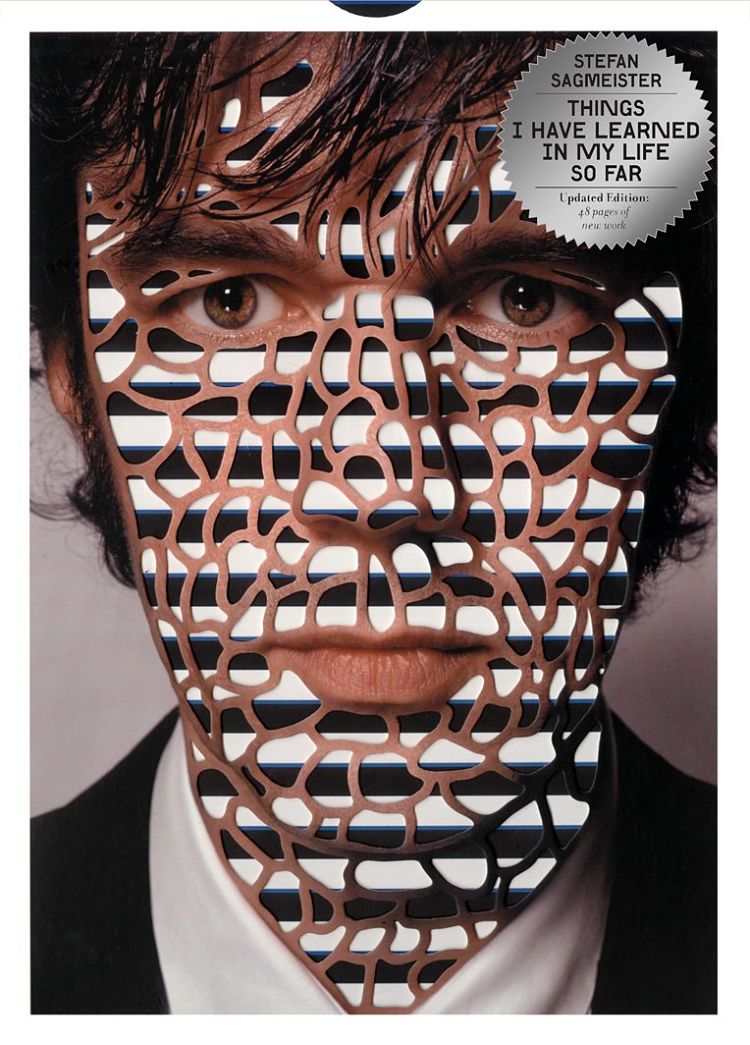 How to Use Graphic Design to Sell Things, Explain Things, Make Things Look Better, Make People Laugh, Make People Cry, and (Every Once in a While) Change the World, by Michael Bierut
How to Use Graphic Design to Sell Things, Explain Things, Make Things Look Better, Make People Laugh, Make People Cry, and (Every Once in a While) Change the World, by Michael Bierut
A hell of a long title from the Pentagram design superstar, and one which pretty much sums up what this book (and his work) is all about.
Alan Fletcher The Art of Looking Sideways
The Art of Looking Sideways is billed as “a primer in visual intelligence, an exploration of the workings of the eye, the hand, the brain and the imagination.” Loosely arranged in 72 chapters, the book features anecdotes, quotations, images, facts, jokes, memories and more that are all all concerned with the interplay between the verbal and the visual, “and the limitless resources of the human mind.” The design of the book itself demonstrate what great design can be through expressive use of type, space, colour and imagery.
Paul Rand: A Designer’s Art is the definitive work on one of the most influential American graphic designers of the 20th century. The book offers insight into Rand’s design process and theory alongside more than 200 illustrations and 27 essays, and a new afterword by Steven Heller.
The graphic language of Neville Brody
Originally published in 1988, this book examines Neville Brody’s early, ground-breaking typography work. Using more than 450 illustrations, it offers an expansive introduction to a hugely important period in graphic design. The Graphic Language of Neville Brody is billed as “at once a historical document, a classic of graphic design, and a relevant tool for designers working today.”
Stephan Sagmeister Things I Have Learned in My Life So Far
Legend has it that the projects in this book began as a list Stefan Sagmeister found in his diary under the title “Things I have learned in my life so far.” He began transforming these aphorisms into typographic works that have since appeared as French and Portuguese billboards, a Japanese annual report, on German television, in an Austrian magazine, as a New York direct mailer and as an American poster campaign. The collection in the book is “part design project, part work of art, part examination of the pursuit of happiness.”
Definitive design theory…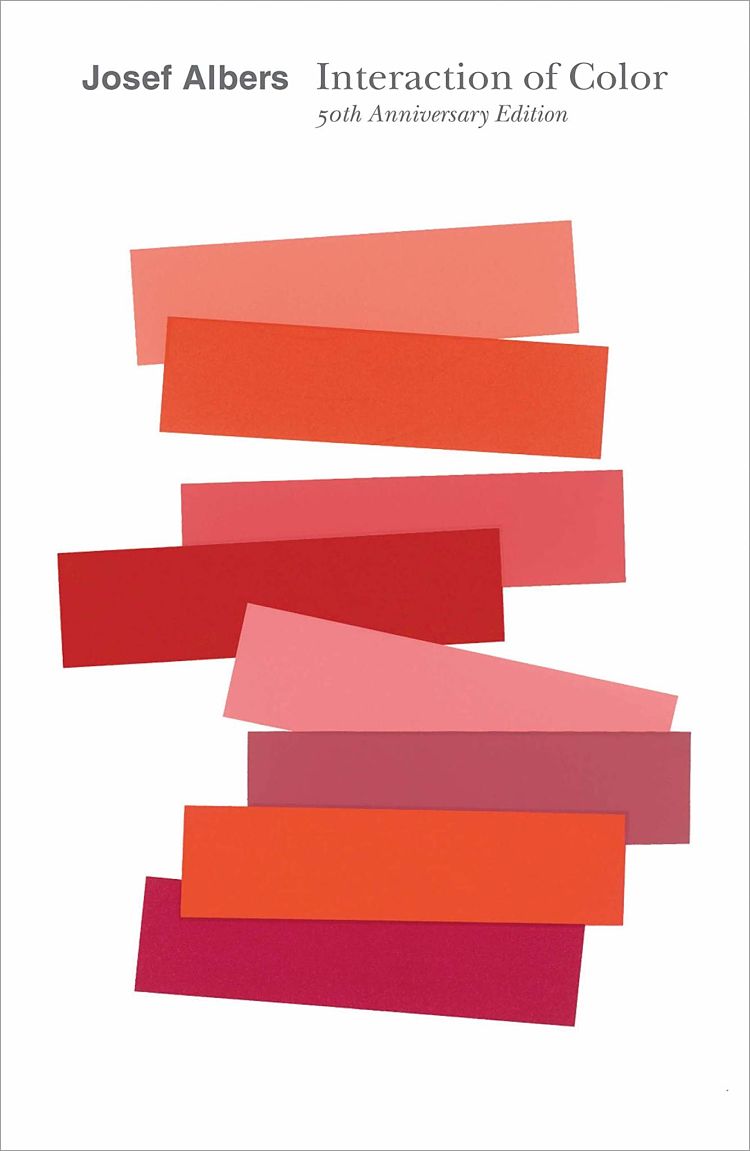
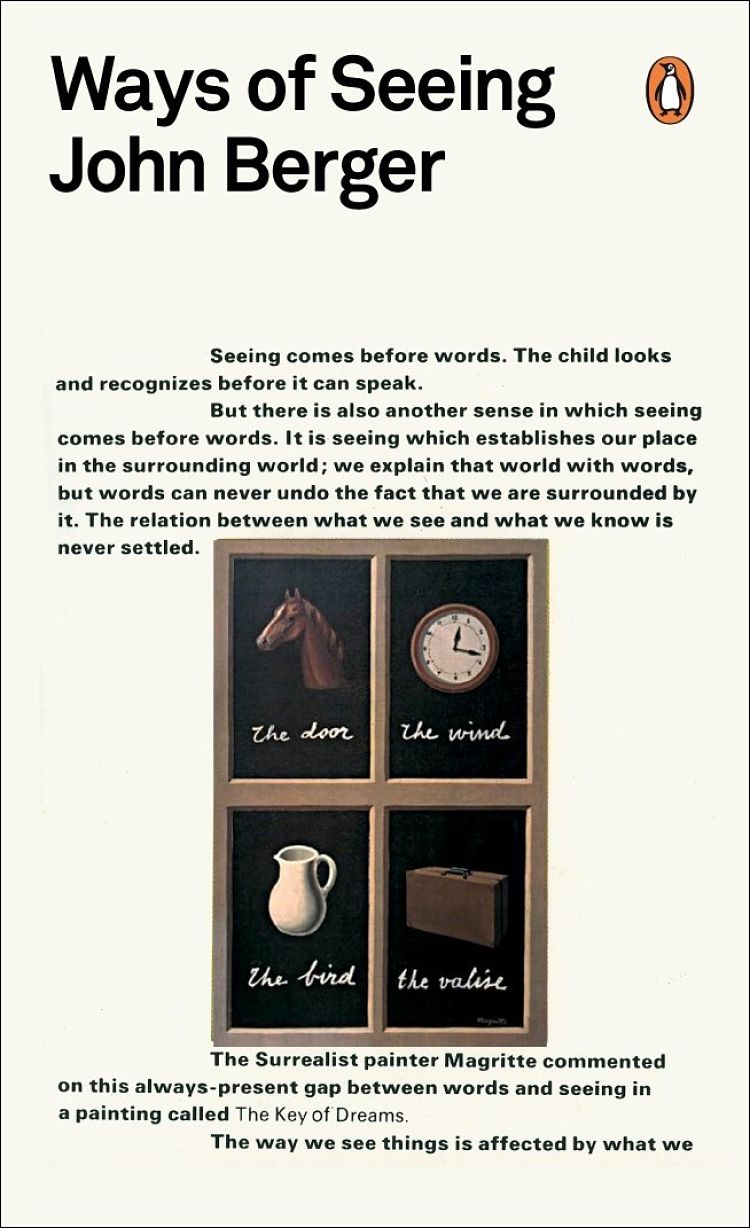 Grid Systems in Graphic Design
Grid Systems in Graphic Design
Josef Müller-Brockmann (1914−1996) studied architecture, design and history of art in Zurich and worked as a graphic designer and teacher. His work is recognised for its simple designs and his clean use of fonts, shapes and colours—and of course, grids. This volume provides guidelines and rules for the function and use for grid systems, showing examples of working correctly on a conceptual level.
Based on the BBC television series of the same name, this book takes a thoroughly original stance around how we view art.
Interaction of Color by Josef Albers
Bauhaus master Josef Albers’s Interaction of Color was conceived as a handbook and teaching aid for artists, instructors, and students, presenting his singular explanation of complex colour theory principles. Originally published in 1963 as a limited silkscreen edition with 150 color plates, the recent anniversary edition presents a significantly expanded selection of close to 60 colour studies alongside Albers’s original text, demonstrating principles as colour relativity, intensity, and temperature; vibrating and vanishing boundaries; and the illusion of transparency and reversed grounds.
You might like...
- Autobahn - November 26, 2021
- Alphabetical - November 12, 2021
- SOFA Universe - November 8, 2021

